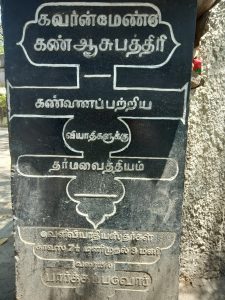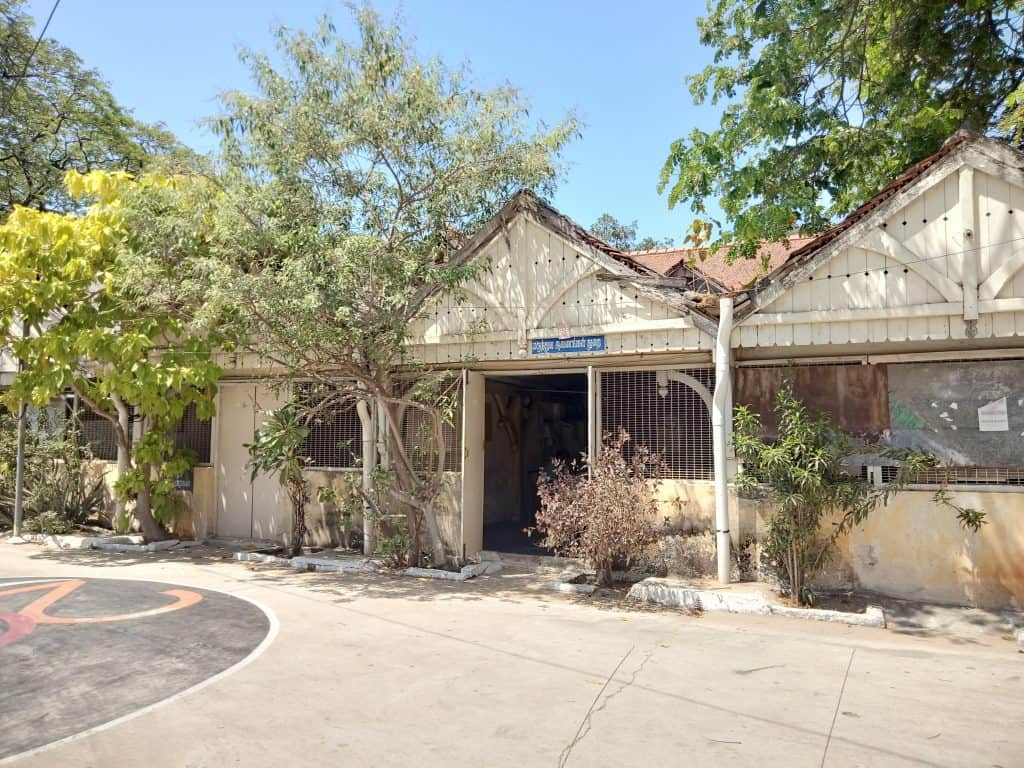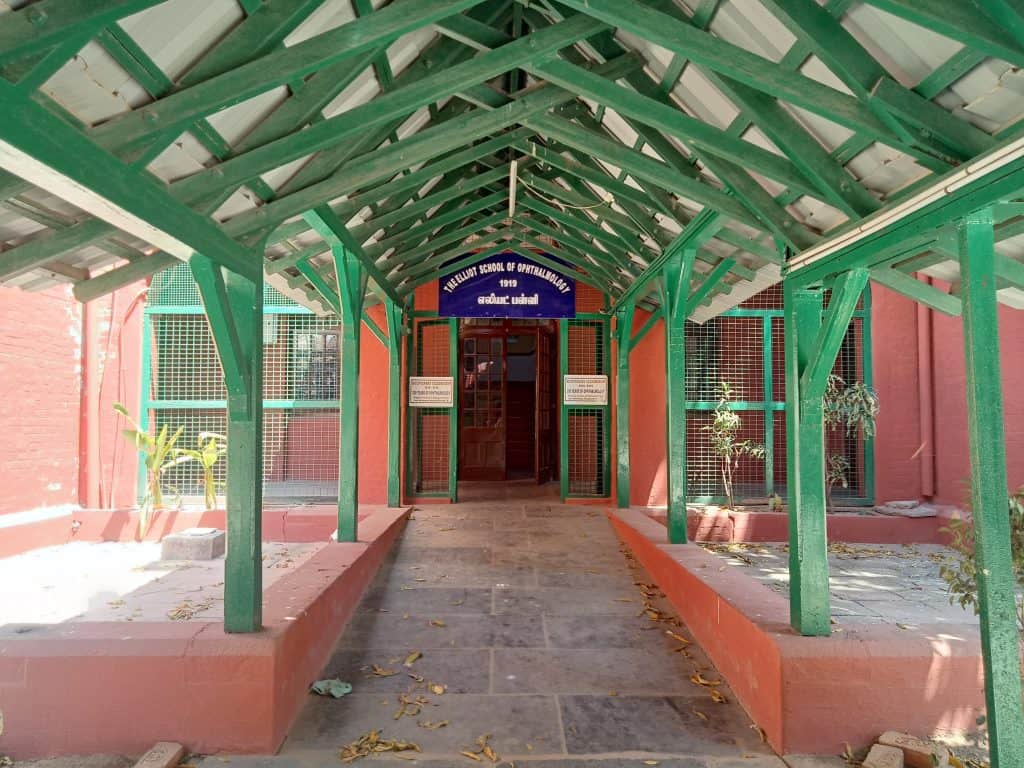For the first time in history, the Madras Week celebrations have moved online this year, under threat of the pandemic. When we look back at the history of Chennai, or erstwhile Madras, it is not just historical landmarks and heritage sites that stand out, but also its journey of evolution, and the various things people identify the city with.
Healthcare, for example, in which the city has always played a pioneering role, so that it’s come to be recognised as a Mecca of healthcare today. A very interesting story in this regard is that of the Regional Institute of Ophthalmology and Government Ophthalmic Hospital (RIO GOH), Egmore.
The first thing that hits you when you visit the hospital is a strong whiff of phenyl. The new building is always abuzz with patients who have come for consulting while the serene old building houses the in-patients. What often go unnoticed are the Lady Lawley building and Elliot’s museum present on the old campus.
For many Chennaiites, the Egmore hospital is just another government hospital, but the doctors and other staffers are proud of working here, at Asia’s first ophthalmology hospital and the second oldest in the world. The placid green campus has an interesting story to tell.
From tram shed to eye hospital

The colonial-era buildings, pitched roofs, covered walkways, a tablet marking its inauguration and several ancient exhibits are some of the historical signs that tell you how old the institution is.
“When the East India Company was started in 1600, surgeons from the British empire started practising in various places in India. In 1819, due to the growing number of eye infections among soldiers and the general public, the Madras Eye Infirmary (renamed to RIO-GOH in 1888) was established in July 1819 in Royapettah,” writes former Director and Superintendent of RIO-GOH, Prof Dr M Anand Babu in the bicentenary souvenir magazine.
A surgeon with the East India Company, Dr Travers was instrumental in gaining the attention to institute the infirmary. Due to the increasing number of patients, it was shifted to a site that was previously occupied by the tram shed in Egmore in 1820.
“In 1844, the present site on Marshall’s Road was chosen to construct the hospital complex. Three main isolated blocks and an outpatient dispensary were built, which are now used as wards,” Professor Dr MVS Prakash, Director, RIO – GOH, narrates.
As years went by several other blocks were built to handle the increasing number of patients. In 1889, a dedicated ward was constructed mainly for the use of Indian military patients.
There was a small concrete pond in front of Lawley Ward, used to maintain leeches. The leeches were used to suck blood from the eyes of glaucoma patients, thereby reducing eye pressure. This was the only mode of treatment for glaucoma in those days when specific drugs were not available!

Pic: Bhavani Prabhakar
In 2007, UNESCO granted the heritage site tag to these buildings. The first Indian to hold the office of the Superintendent was Diwan Bahadur K Koman Naryar in 1940.
Museum for medicos and history buffs
Roofed passageways connecting the buildings lead to the famed Elliot’s museum. Until a few years ago, this was used as classroom space for students.

As the institution’s bicentennial celebrations kicked off last year, a museum committee was constituted to refurbish the museum and restore its glory. The renovated facility has two galleries named after All India Ophthalmic Society (AIOS) and Tamil Nadu Ophthalmic Society (TNOS) — in recognition of their financial contribution. A great number of old ophthalmic instruments are housed in the museum today.
“The galleries house the manuscripts written by Superintendents in 1819, 1910 and 1920. Handwritten case sheets, charts and diagrams of all eye-related diseases are preserved here. Unlike now, the doctors did not have machines to scan eyes, hence they manually drew everything and used the documents for research and to formulate a course of treatment for each disease, ” explains Dr Niranjan Karthik S, a junior resident doctor who was also a part of the museum committee.
The museum also has exquisite eyeballs made of porcelain with findings of the eye (from cataract to corneal diseases) engraved in it. The models resemble original eyes that make anyone curious about its making.
Another fascinating instrument that the doctors showcase is the giant magnet stand that was used to remove magnetic foreign particles from the eyes. Explaining how it was used, Dr Niranjan says, “The giant magnet was taken over the patient’s eyes and the foreign iron particles from the eyes would jut out and get attracted to the magnet with a thud. The patient may not have regained vision, but the particles would be removed by this method.”
It may sound crude today, but this was the only treatment available for patients who used to work in welding departments, explains the doctor. With advancements in medical science and treatment, this method is no longer used.
In a bid to document every case, the doctors of those days made hand sketches of the affected eyes. The records were passed down to the next set of doctors to facilitate quick diagnosis of cases. The museum is well-known for having numerous interesting artefacts satiate history buffs and medicos.
Preserving history in the present
On a regular day at the hospital, around 800 patients walk in every day and consultation work keeps the staff on their toes. The hospital has also been roped in for COVID treatment now. The conservation of history and heritage efforts have thus had to be suspended temporarily in this pandemic situation. Until the lockdown, the museum committee was looking after the maintenance.
But once the COVID shadow has been dispelled, the administration is determined to revive efforts to spread the glory of this historical site of medical care. The institution plans to invite medical students from across the country to pay a visit to the museum, to know more about its legacy and evolution.
“In a phased manner, the administration will be introducing entry tickets for the museum and will use the funds for maintaining it,” adds the director, Dr Prakash.
A good and exhaustive article.
I m very proud to be a part of this institution..